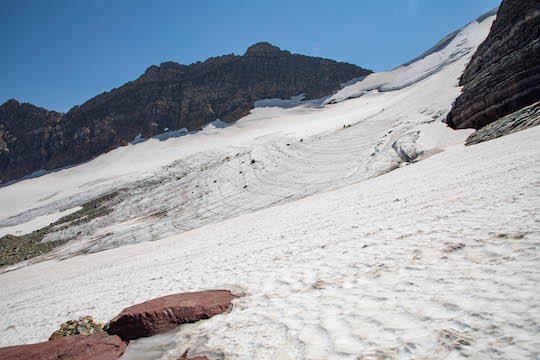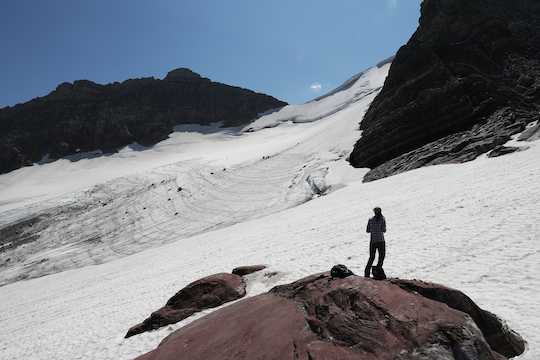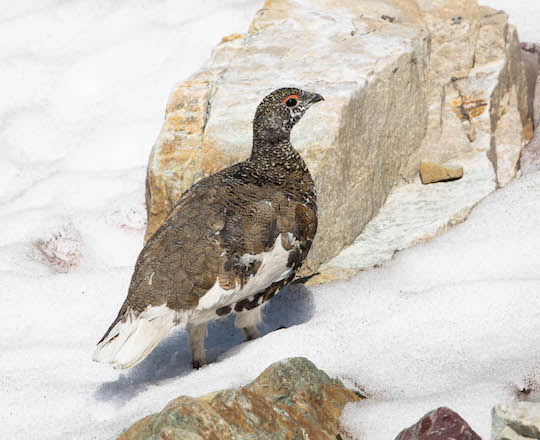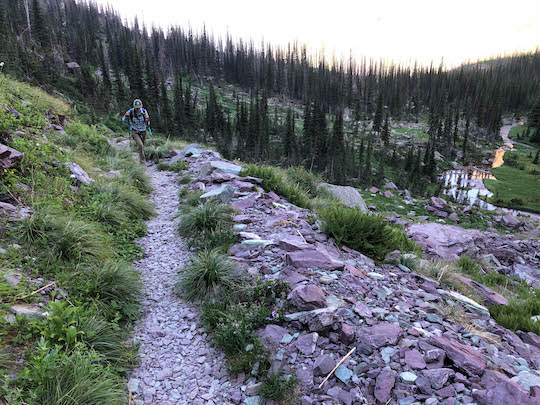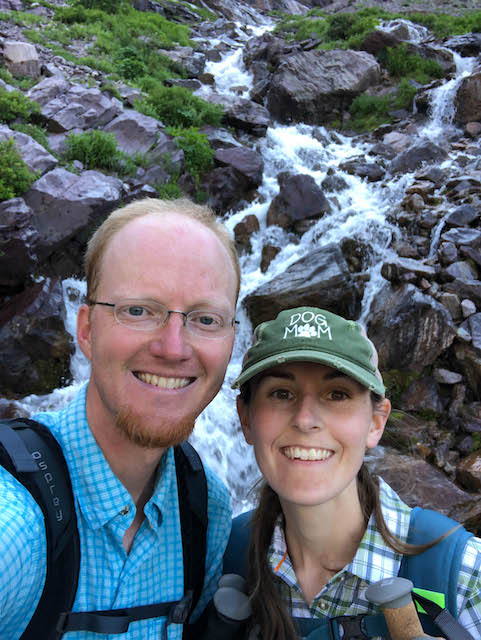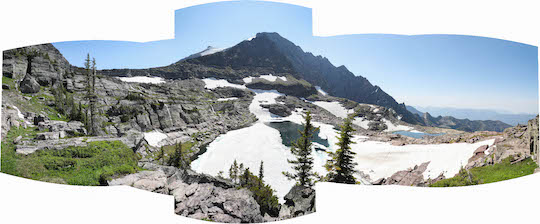Sitting around this evening, my wife told me that her mom had inquired about a hike we had recently done. When I asked my wife why her mom was suddenly interested, I found out something interesting. Apparently my mother-in-law had seen something about it on TV. Some news piece or something similar was done to highlight different out of the way hikes in the area. My first thought was oh great, another one ruined.
One of my favorite local hikes and one of the best hikes on the Cumberland Plateau, Virgin Falls used to be an out of the way spot visited by just a few. Same thing with a few others I can think of both in our immediate area and beyond. Now, if you visit Virgin Falls on a weekend, be prepared to share the trail with anywhere from 50-200 of your new best friends and maybe even more. I've seen cars parked down the side of the road in both directions, damaging the shoulder, creating ruts, oh, and of course completely ruining the feeling of solitude that originally brought me to this amazing place.
I've seen the same problem explode in the Smokies. Last year was particularly bad, of course, as COVID sent many people into the outdoors where recreation was not only safer but often free or very low cost. That trend will continue for at least another year it would appear. But COVID really isn't the only one to blame for this problem. The issue of overcrowding was already a thing with Virgin Falls. In fact, it motivated Tennessee State Parks who oversees the area to institute a backpacking fee and permit process. The backcountry campsites were seeing horrendous overcrowding and the surrounding areas were getting trammeled by unconscientious, unlearned, and occasionally unscrupulous adventurers.
The amount of trash both in the backcountry and also roadside has grown a lot as well. The sad thing with the increase in traffic is that not everyone has the same ideals of leave no trace. In fact, many people ignore it either purposefully or because they don't know any better. Piles of poo and tissue paper abound in the woods near backcountry campsites, while people let their dogs go right in the trail without bothering to clean up after their furry friends. Don't even get me started on the intentional garbage people leave because they don't want to carry out the wrappers their food came in or in extreme circumstances, that heavy tent.
Yes, the great outdoors is being rapidly loved to death. Yet, during the discussion that motivated all of this, there was something nagging in the back of my mind. Even I am at least partially responsible for this. You see, I tell anyone and everyone about my favorite hikes, just the same as many tell people about their favorite fishing spots. I am always shocked at how many people will ask complete strangers on the internet about the best places to fish and will usually get back incredibly detailed responses on small out of the way trout streams. Yes, technology ultimately is to blame here, but we need to use more than a little self control and common sense.
The free flow of information has allowed people who would never set foot into the Smoky Mountain backcountry to learn about the glorious brook trout fishing found there and head off in search of their own photo op. Blogs like mine don't help. Those of you who have followed this blog for a long time have probably noticed a trend. Older posts contain more information than newer ones. I, along with many others who love wild places, noticed a little too late what all that free information was doing to the previously pristine places we treasure. Yet, information continues to get out.
A few years ago, the internet message boards were all the rage, and woe unto anyone who foolishly decided to hot spot. Never mind, of course, that this was usually done innocently. Some kind person really wanted to help someone else out. People quickly figured out the effects of doing so, and would chase the unfortunate person right off the board who dared to speak of such secret things. Now, all a person needs to do is join the right Facebook group, ask where to go, and some person who has been to stream X once with their cousin's best friend's uncle will pipe up with all the details. Never mind that they probably couldn't catch a cold once they got there. Still, the damage is done as armies of adventurers roam throughout previously untrammeled and untamed wilderness.
Now, with the rise of click bait, large companies create websites with no more purpose than to answer the specific queries people enter into Google. They go and find some expert to write an article, pay them a little to kiss and tell, make sure the search engine optimization is done correctly, and sit back and enjoy the advertising revenue from all those people clicking their article. Yet, we all do it. And that is the trouble. How much is too much these days? Where do we draw the line in sharing information in a world awash in more information than anyone knows what to do with? Nowadays, we have facts and alternative facts, but in all the mess, wild places continue to suffer from overuse.
It is easy to go down the rabbit hole of asking how dare people fish my stream and hike my trail, but in reality I'm just another person out there adding to the congestion. At what point do we need to step back and add self imposed limits to lessen crowding issues?
Yet, in it all, there exists much hope as well. With the massive influx of new interest in the outdoors comes the opportunity to convince that many more people that wild places are worth preserving. For fly fishing, we have huge issues with crowding that still have to sort themselves out. At the same time, all of these new converts are more people to advocate for clean air and clean water. Ultimately, all of us suffer if those things are gone. As earth's population continues to soar, it is becoming more and more crucial that we figure out how to balance our desire for wilderness with the footprints we leave. With more people becoming interested, we have an even greater opportunity for positive change.
The one thing we can all do now is, admittedly, somewhat selfish. We can go back to the days when hot spotting was a huge taboo. One of the greatest joys of nature is to explore. When you find your own hidden paradise, you can imagine at least briefly that you have your own secret. When a spot comes to you through a social media tag and you're just there to get your own selfie, it really isn't yours. The hidden spots, the ones you've worked diligently for, those are your spots. The only way they'll stay that way is if you keep them to yourself.
In fly fishing, as with other parts of life, there is always the tendency to tell one close friend or family member. Of course, they share with just one close friend or family member as well, but eventually the secret leaks out. I have fishing buddies that I share lots of general info with, then I have a very small handful of friends who I share the true secrets with. Those are the ones who I know really will keep it under their hat. Nowadays, there really aren't that many secrets left. And this brings us back to the question: how much is too much? At what point do we draw the line, or should we even draw one, when it comes to sharing about the great outdoors?












